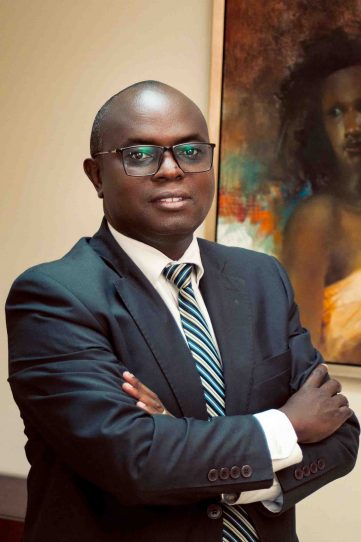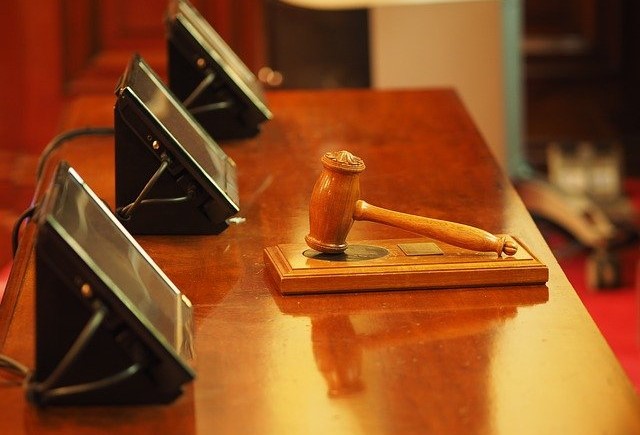In 2005, the government of Uganda and UMEME Ltd entered into a series of agreements that gave UMEME the right to manage the assets of the government-owned Uganda Electricity Distribution Company Limited (UEDCL) and carry out the distribution business. UMEME currently manages up to 95% of the country’s distribution business, while UEDCL manages the bulk of the remaining customers, primarily based in the rural countryside.
A couple of agreements were executed to operationalize the concession; these include the Umeme concession agreement and the Power Sales Agreement, among others. These agreements are for a term of 20 years and lapse on March 28th, 2025. The government decided not to renew the agreements, and consequently, the concession assets will revert to Uganda Electricity Distribution Company Limited. UMEME is to be paid a sum equivalent to the unrecovered capital investments in the assets.
Considering the state of the electricity distribution sector before the concession era, Umeme’s tenure may be termed as relatively successful. The utility has operated and maintained the distribution assets relatively well. The losses have reduced from over 32% to 16%; the revenue collection rate is 99%, and the customer base has increased from 350,000 to over 2,000,000. The high level of revenue collection has enabled the viability of the entire electricity supply chain and boosted investments in the electricity generation space.
Umeme’s operations have also not been without their fair share of critics. Umeme has been criticized for failing to improve grid connectivity for millions of the unconnected population. The rate of grid connectivity currently stands at about 20%, with Umeme’s focus on urban centers and limited presence in rural areas. In effect, approximately 80% of the country remains unconnected to the grid.
Umeme has also been blamed for contributing significantly to the high retail tariff because of its high return on investment of 19%. It is worth noting that Umeme borrowed money to fund all its investments from commercial lenders, and the commercial interest rates contributed to high investment funding costs that translated into higher tariffs.
Protagonists of Umeme had argued that the overall contribution of Umeme to the sector should not only be viewed from the perspective of the tariff because this was reflective of the investment model preferred by the government when the concession was awarded. Furthermore, the overall viability of the country for private sector investments in energy is a result of Umeme de-risking the sector. The success of Umeme enabled Bujagali and tens of other Independent power producers. This notwithstanding, the overall success of Umeme will likely be determined long after it has exited.
Since Umeme has been in the electricity sector for the better part of this century, its exit will have a significant impact on the electricity sector and the country. Therefore, this exit should be managed well, or the economy will be negatively affected.
The concern of sector stakeholders in the electricity space is whether UEDCL can collect energy sales revenue from its customers. This is a valid argument, considering that Umeme’s collection rate is 99%, while UEDCL’s collection rate prior to the Umeme concession was approximately 60%. Umeme covered this risk in its agreements with the government and implemented several mitigation measures to ensure revenue collection. Notably, the government was one of the biggest defaulters in the pre-Umeme era. The Umeme concession agreements addressed this risk such that even though the government continued to default on its bills, albeit on a much lower scale, mitigation measures were in place to recover this revenue. The question on the minds of the sector stakeholders and the public is whether UEDCL will have recourse to these very same measures if the government defaults.
Another concern for sector players and the public at large is the poor quality of the power supply currently being experienced. This is a concern because, in the twelve months before UMEME’s exit, the quality of the power supply has deteriorated. Aside from the regular operation and maintenance of its infrastructure, there has been no significant investment in its network. UEDCL, therefore, needs to be equipped with substantial resources to invest in the distribution network as soon as the handover is completed. Otherwise, UEDCL will start from a very weak position and will have to grapple with the weight of the additional responsibilities it is taking on.
To support UEDCL in the smooth takeover of UMEME’s distribution business, the Government needs to ensure that it facilitates UEDCL’s improvement of its balance sheet. UEDCL has consistently incurred losses over the past five years, which has been attributed, among other factors, to its operation of unprofitable concession areas, most of which are rural. The government should avoid lumping any Umeme closure obligations, such as the buyout amount on UEDCL. Saddling UEDCL with debt may affect the viability of the entire electricity supply Industry. A healthy balance sheet will create confidence in the electricity supply industry and enable UEDCL to borrow for investment if needed.
Furthermore, the protection afforded to Umeme, enabling it to collect its sales revenue successfully, should also be extended to UEDCL. If UEDCL fails to collect, the entire electricity supply chain can quickly be bankrupted. A notable example is the Electricity Company of Ghana (ECG), a government-owned electricity distribution company that failed to collect its sales revenue, ultimately owing the electricity generators over US$1.6 billion. At some point, the parliament of Ghana owed US$1.8 million to ECG.
UEDCL should also be supported in investing in grid expansion. Revenue from electricity sales alone cannot support such investments. The government should consider funding grid expansion by co-investing with UEDCL. While UEDCL may fund its part of the grid expansion through the electricity tariff, the government should carry out the bulk of the investment through sovereign borrowing so that the electricity end-user tariff remains affordable. This investment model has been successful in the electricity transmission subsector, enabling the expansion of the high-voltage transmission grid through sovereign debt financing. The end-user tariff was spared the cost of these investments.
The transition of human resources from Umeme to UEDCL should be delicately managed. For UEDCL to take on Umeme’s business seamlessly, it will need to hire many of Umeme’s current employees. However, there may be Umeme employees who, for various reasons, are not employed by UEDCL. This category should be settled in accordance with the law, and any liabilities arising from the redundancy of human resources should not be passed on to UEDCL. This will save UEDCL from a similar scenario to that of the Uganda Electricity Board, which was liquidated and its liabilities passed on to its successor companies. The liabilities arising from restructuring UEB’s human resources became a significant encumbrance to the smooth operations of the successor companies. Several lawsuits were instituted, which had to be settled at great expense to the successor companies.
The Government should ensure that it appoints a competent Board to oversee UEDCL’s management. This board should be staffed with members who possess the necessary competencies and include a mix of individuals from both the private and public sectors. A knowledgeable and skilled Board will help UEDCL absorb any shocks arising from its added responsibilities following Umeme’s exit.
If well managed, the Umeme exit will enable UEDCL to perform its core mandate and grow into a robust utility that supports the majority of Ugandans’ access to the grid and fosters confidence in the electricity supply Industry.


